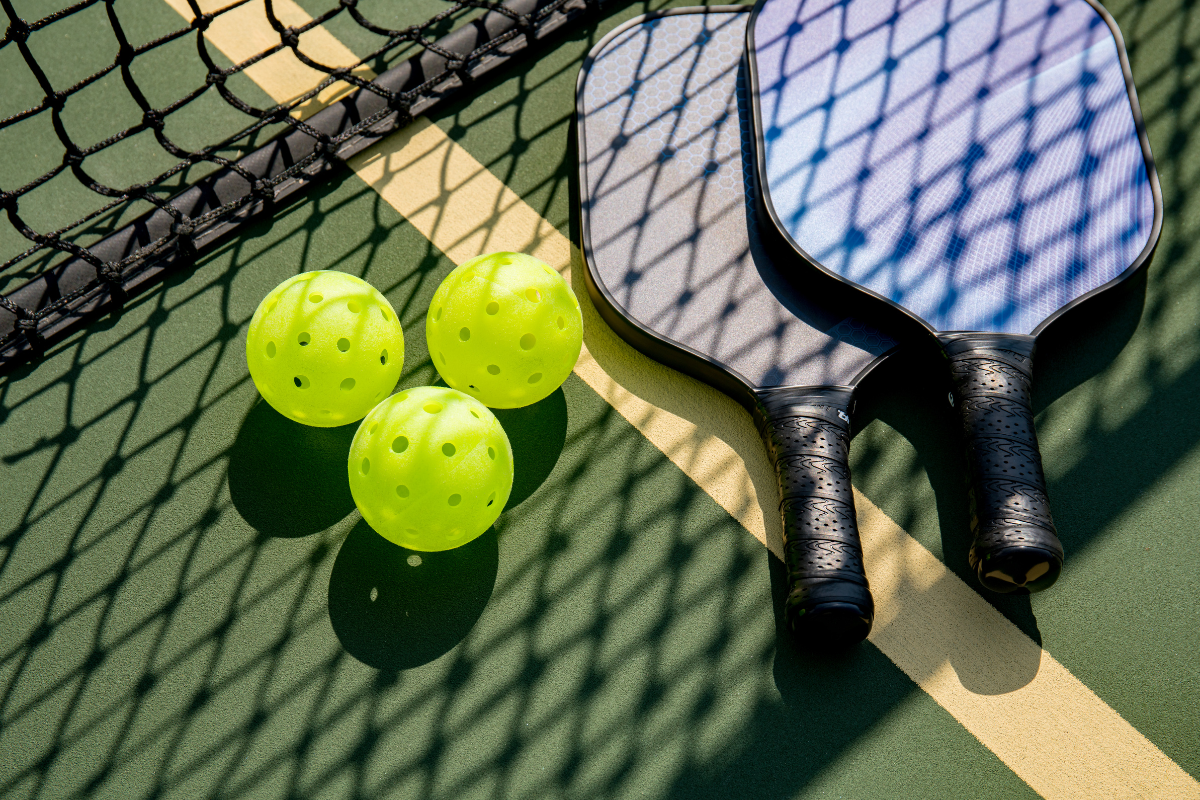Pickleball, a paddle sport combining elements of tennis, badminton, and ping-pong, is rapidly becoming a favorite among seniors across the globe. Originally invented in the 1960s, its recent surge in popularity is no coincidence. With smaller courts, slower gameplay, and a strong community spirit, pickleball offers the perfect blend of exercise and enjoyment for older adults. According to the Sports & Fitness Industry Association (SFIA), more than 50% of core pickleball players are aged 55 and older, signaling a cultural shift in how seniors stay active.
The health benefits of pickleball go beyond basic fitness. Experts, including physical therapists and geriatricians, support it as a low-impact activity that improves balance, coordination, and cardiovascular health without overstraining the body. Social scientists also highlight how regular play fosters emotional well-being through social engagement. Seniors who play consistently report improved mood and a stronger sense of community—both critical factors in aging well.
Communities and retirement centers are now building dedicated pickleball courts to meet the growing demand. This trend has sparked intergenerational tournaments and clinics, bridging age gaps and creating inclusive environments. As the sport continues to gain traction, its impact on senior health and wellness underscores why pickleball isn’t just a fad—it’s a lifestyle revolution.






